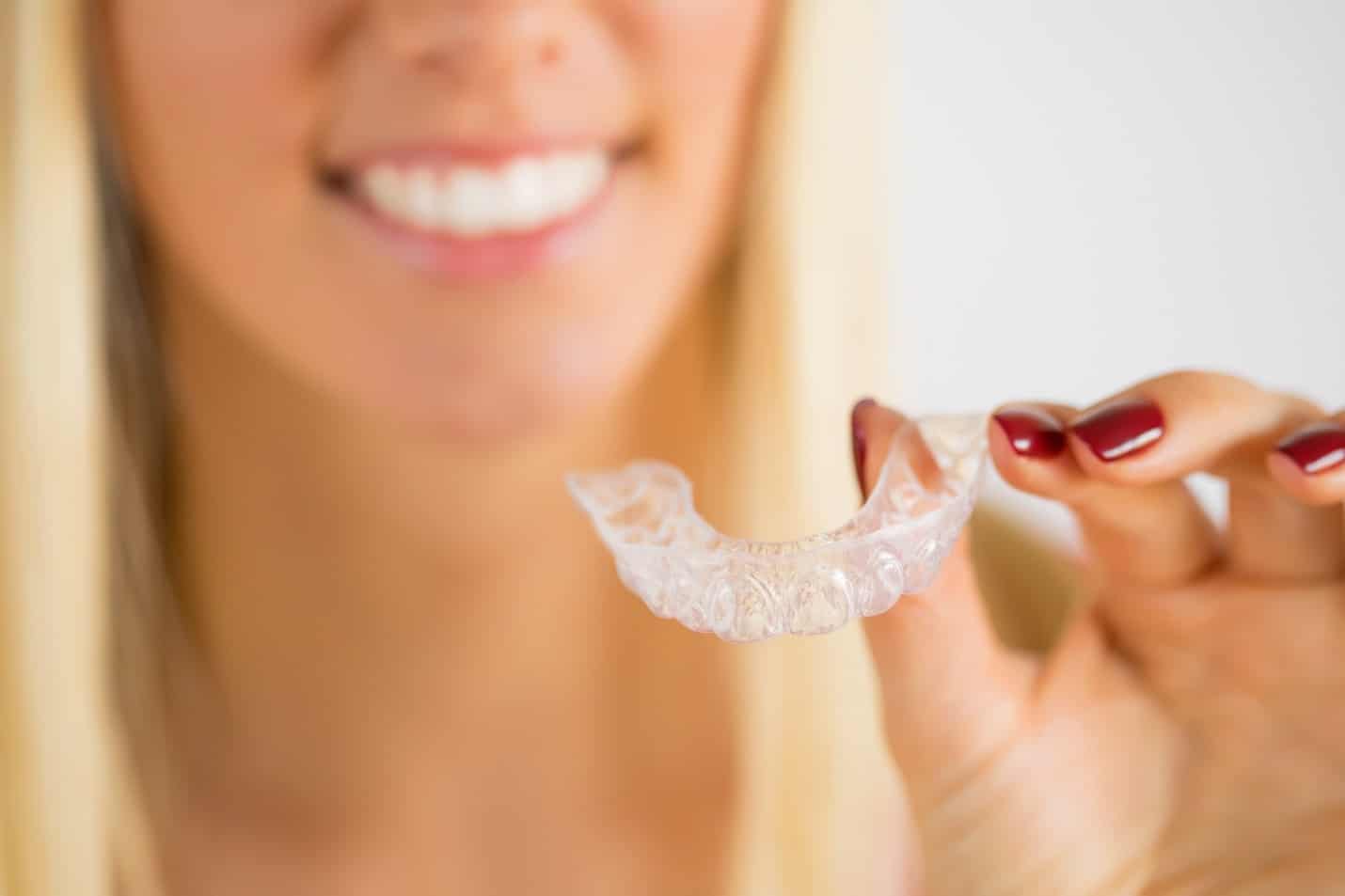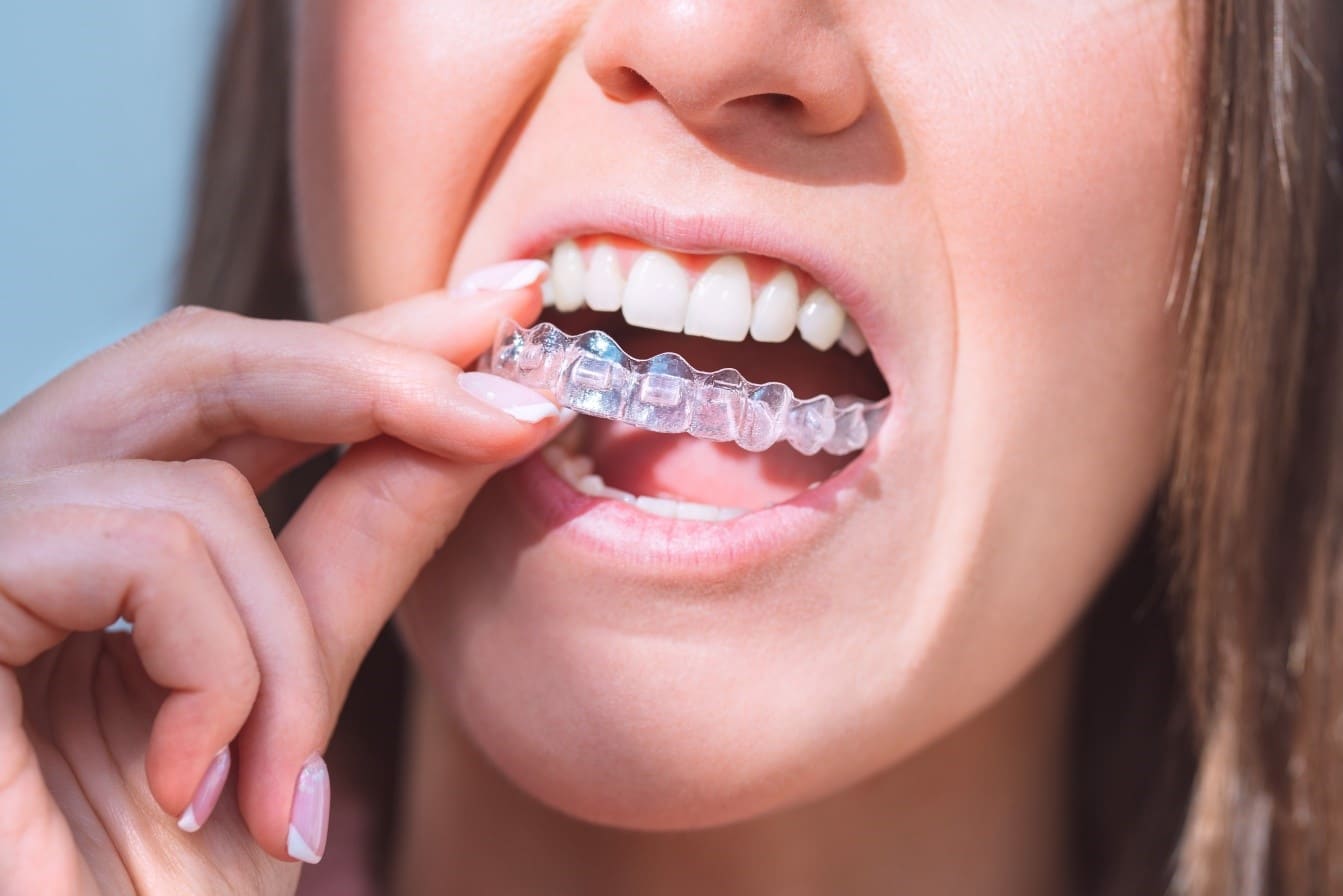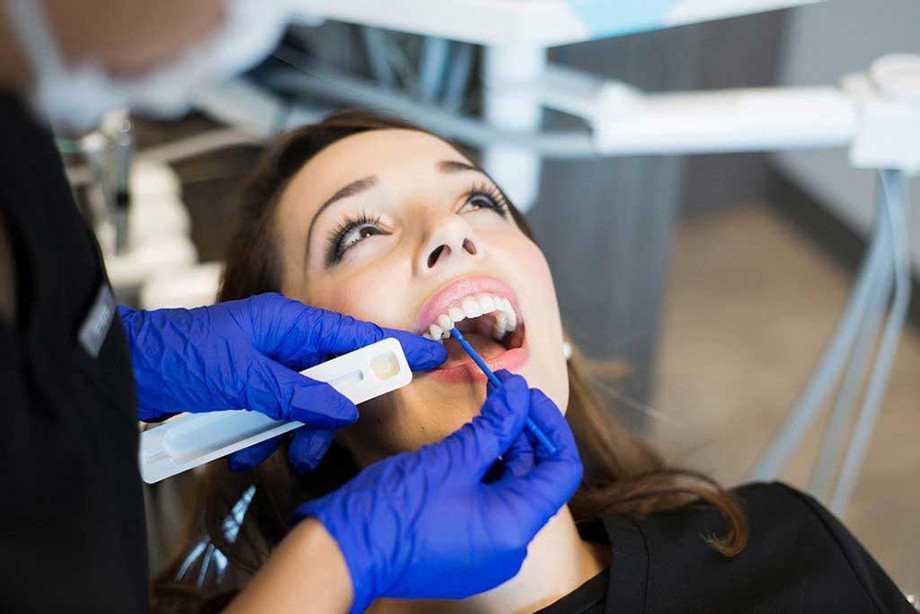The joint that links your lower jaw to your skull is the temporomandibular joint or TMJ. The joint is in a show of your ears on both sides of your head. It lets you eat and speak by opening your jaw and closing it with tmd specialist.
The term “TMJ” has also been utilized to refer to a collection of jaw-related medication problems. The temporomandibular joint is now more rapidly referred to as “TMJD” or “TMD” to differentiate it from TMJ disorders.
These disorders can cause:
- tenderness at the joint
- facial pain
- difficulty moving the joint
TMJ situation may not be preventable, but you may be able to lessen symptoms by managing your stress, engaging in physical therapy and exercises, and consulting a dentist or dental office houston tx, if you frequently grind or clench your teeth at night.
Although many illnesses are curable, there are many potential causes. This may make diagnosis challenging.
What TMJ symptoms are there?
Your disease’s severity and the underlying cause will determine how your TMJ disorders manifest. The most typical symptom of TMJ issues is pain and discomfort in the muscles near the jaw area, and one side of the face may exhibit symptoms or both.
Other symptoms or signs that are frequently connected to these illnesses include:
- discomfort in the neck or face, as well as jaw muscle tightness
- a restricted range of jaw movement
- dental problems such as worn-down teeth tinnitus (ringing in the ears), clicking or popping noise, and locking of the jaw from the TMJ location at houston dental
- Headaches linked with vertigo cause a change in the jaw, involving how the upper and lower teeth line up (malocclusion).
How are TMJ disorders diagnosed?
TMJ disorders may be challenging to treat, and there are no standard tests for most diseases under that title. A dentist near me houston may direct you to an ear, nose, and throat (ENT) expert or a dentist to diagnose your condition.
Healthcare experts may examine you to see if there is tenderness or swelling. They may also use several different imaging tests.
These can include:
- X-rays
Biting on a small mouthpiece as your surgeon rotates an image machine around your head is how most teeth and jaw X-rays are taken. Thanks to these X-rays, Your surgeon will be able to see the position of your teeth and the bones in and around your jaw.
- CT scan
Your doctor can view the jaw’s joint and bone tissues in greater detail with a CT scan than a regular X-ray.
- MRI
An MRI will provide an overview of the jaw’s structure is problematic. A magnetic field is utilized in an MRI scan, or magnetic resonance imaging, to give precise images of the tissues and organs.
Conclusion
There are a large variety of surgeries available for tmj disorder treatment. If one doesn’t work for you immediately, work with your healthcare provider to select one that does. You do not have to haggle with the pain and discomfort of TMJ alone. Talk with your dentist or doctor about your symptoms.
Congrats! You’ve Finished This Blog.




